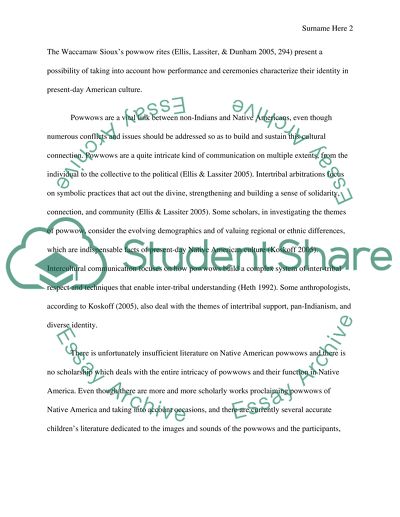Cite this document
(“Native American Music and Dance Essay Example | Topics and Well Written Essays - 1750 words”, n.d.)
Retrieved from https://studentshare.org/music/1426959-1powwow-2kiowa-song-3sneak-up-dance-song-4native-american-regional-styles-voacl-and-instrumental
Retrieved from https://studentshare.org/music/1426959-1powwow-2kiowa-song-3sneak-up-dance-song-4native-american-regional-styles-voacl-and-instrumental
(Native American Music and Dance Essay Example | Topics and Well Written Essays - 1750 Words)
https://studentshare.org/music/1426959-1powwow-2kiowa-song-3sneak-up-dance-song-4native-american-regional-styles-voacl-and-instrumental.
https://studentshare.org/music/1426959-1powwow-2kiowa-song-3sneak-up-dance-song-4native-american-regional-styles-voacl-and-instrumental.
“Native American Music and Dance Essay Example | Topics and Well Written Essays - 1750 Words”, n.d. https://studentshare.org/music/1426959-1powwow-2kiowa-song-3sneak-up-dance-song-4native-american-regional-styles-voacl-and-instrumental.


